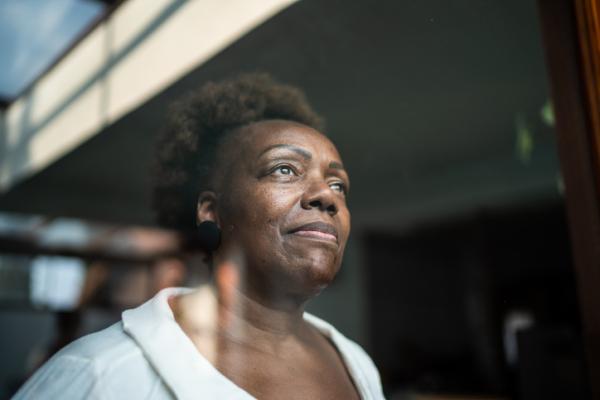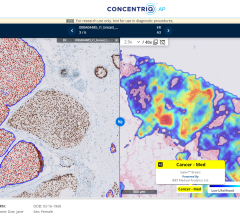
Courtesy Getty Images
November 23, 2021 — Eight major radiology organizations are collaborating in the formation of a Radiology Health Equity Coalition to positively impact healthcare equity in the radiology arena and beyond. While disparities and inequities in healthcare have been evident for many years, the COVID-19 pandemic has magnified the disproportionate numbers of people of color and rural residents in the U.S. affected by barriers to care.
The coalition, convened by the American College of Radiology, includes the American Board of Radiology, Radiology Section Council of the American Medical Association, Association of University Radiologists, Section on Radiology and Radiation Oncology for the National Medical Association, Radiological Society of North America, Society of Chairs of Academic Radiology Departments, and Society of Interventional Radiology, with specialty and state radiology organizations already joining the initiative.
This network of patient-focused radiology societies will collect, assess, and disseminate resources and best practices, advocate for and connect with patients and community members, and collaborate on programs and services to improve access to and utilization of preventive and diagnostic imaging.
This coalition is vital to addressing the jarring diagnosis and imaging utilization statistics, such as:
- Excess/potentially preventable deaths from cancer, lower respiratory disease and other illnesses in rural areas are often nearly double that of urban areas.
- Life expectancy is three years shorter, and heart disease, cancer and stroke death rates are significantly higher in rural areas (23% of the U.S. population) vs. metropolitan areas.
- 22% of those in rural areas live within 30 minutes of a lung cancer screening center vs. 83% in urban areas. - Black women are 42% more likely to die from breast cancer than white women.
- Black men are 52% more likely to die from colorectal cancer (CRC) than white men. The 19% CRC disparity may be due to fewer screenings.
- Black Americans with diabetes are three times more likely to have a limb amputated than others.
- U.S. Latinos are more likely to die from CRC than those in many Central and South American nations. The CRC death rate for U.S. Latinos has dropped more slowly than for whites.
- Asian Americans are twice as likely to die from stomach cancers, eight times more likely to die from hepatitis and have a tuberculosis rate more than 30 times higher than white Americans.
- 39% of U.S. women without health insurance had a mammogram in the past two years vs. 75% of those with health insurance.
Because medical imaging touches most patients at some point, radiologists are uniquely positioned to help eliminate disparities in healthcare. Radiologists’ consultative role across the care process, and particularly in medical education, creates an opportunity to drive systemic change to achieve consistent, high-quality and equitable care for all.
“The members of the Radiology Health Equity Coalition are committed to addressing health disparities and improving health outcomes for the underserved,” said Jacqueline A. Bello, M.D., FACR, chair of the Radiology Health Equity Coalition and vice chair of the ACR Board of Chancellors. “Our collaborative framework empowers radiologists to work across healthcare to serve patients. I strongly urge other medical societies to join this effort.”
The coalition welcomes other healthcare and advocacy organizations—including other medical specialty societies—to join in our critical initiative to measurably change health outcomes in underserved populations.
Fore more information:www.radhealthequity.org


 November 11, 2025
November 11, 2025 









